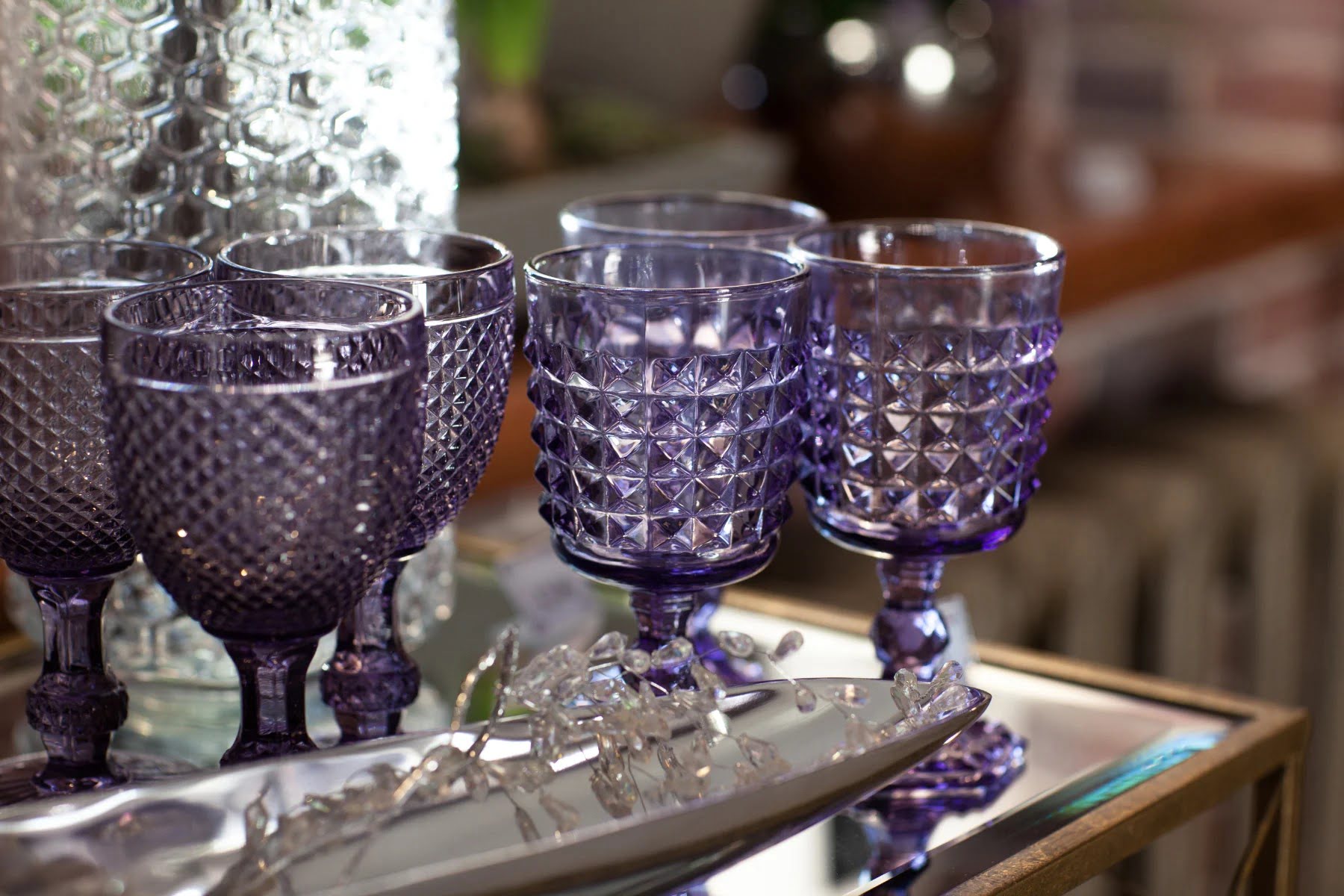

Tableware
Which Glassware Is Worth Money
Modified: August 17, 2024
Discover which tableware items are worth money and can fetch you a handsome price. Uncover the hidden value of glassware in the market.
(Many of the links in this article redirect to a specific reviewed product. Your purchase of these products through affiliate links helps to generate commission for Storables.com, at no extra cost. Learn more)
Introduction
Welcome to the fascinating world of glassware collecting! Whether you are a seasoned collector or just getting started, understanding the value of different glassware pieces is essential. While many people enjoy collecting glassware for its aesthetic appeal and historical significance, others hope to find valuable pieces that can be sold at a premium. In this article, we will explore the different factors that determine the value of glassware and provide insights into identifying rare and valuable pieces.
Glassware collecting has a rich history that dates back centuries. From antique crystal goblets to retro mid-century modern designs, glassware offers a glimpse into different eras and artistic movements. Some collectors focus on a specific type of glass, such as Depression-era glass, while others have a more eclectic approach, gathering unique pieces from various periods. No matter your preference, understanding what makes glassware valuable will help you make informed decisions and build a collection worth treasuring.
There are several factors that contribute to the value of glassware. The first and most obvious is its rarity. The scarcity of a particular piece can greatly increase its value, as collectors are willing to pay a premium for items that are hard to find. Other factors include the age and historical significance of the glassware, as well as the reputation and craftsmanship of the manufacturer. Pieces made by well-known glassmakers and designers tend to fetch higher prices due to their quality and reputation.
Another important factor in determining value is the condition of the glassware. Collectors prefer pieces that are in excellent condition with no visible damage or flaws. Any chips, cracks, or repairs can significantly diminish the value of the glassware, unless it is a rare piece with historical or artistic significance.
In the following sections, we will explore some rare and valuable glassware pieces, as well as popular glassware collectibles that are sought after by enthusiasts. We will also provide tips for identifying valuable glassware and offer resources for selling and appraising your collection. So let’s dive into the world of glassware collecting and discover the treasures that await!
Key Takeaways:
- Glassware collecting offers a captivating journey into history, craftsmanship, and artistry, with valuable pieces reflecting rarity, age, design, and historical significance.
- Identifying valuable glassware involves research, examining craftsmanship, assessing rarity, and seeking expert opinions, while resources for selling and appraising include antique dealers, auction houses, online platforms, and collector communities.
Read more: What Is Fostoria Glassware Worth
Background on Glassware Collecting
Glassware collecting is a hobby that has captivated individuals around the world for centuries. The allure of beautiful and intricately crafted glass pieces has resulted in a vibrant and passionate community of collectors. But where did it all begin?
The history of glassware collecting can be traced back to ancient civilizations, with the earliest evidence of glass production dating back to around 3500 BC in Mesopotamia. The skill of creating glass objects spread throughout Egypt, Greece, and Rome, and glassware quickly became a symbol of wealth and luxury.
During the Renaissance and the Baroque period, glassware collecting gained popularity among the European aristocracy. Ornate chalices, goblets, and vases were highly sought-after, and royal courts would often commission renowned glassmakers to create unique pieces for their collections. Glassware became a status symbol, showcasing wealth, taste, and refinement.
In the 19th century, industrialization revolutionized the production of glassware. Mass production techniques made glassware more affordable and accessible to a wider audience. As a result, glassware collecting became a hobby enjoyed by the middle class as well. Collectors began to appreciate not only the craftsmanship and beauty of glassware but also the historical and cultural significance that each piece represented.
One of the pivotal moments in glassware collecting was the Great Depression in the 1930s. During this time, many glass manufacturers faced financial difficulties and resorted to creating affordable glassware for everyday use. This era, known as the Depression Glass, produced a wide array of colorful glassware that is highly collectible today.
The mid-20th century also saw the rise of studio glass art, where individual artists started experimenting with glass as a medium for artistic expression. This movement brought a new dimension to glassware collecting, blurring the lines between functional objects and art. Collectors began to appreciate the unique and innovative designs of studio glass pieces, further diversifying the glassware collecting landscape.
Today, glassware collecting encompasses a wide range of styles, periods, and techniques. Some collectors focus on specific categories, such as Art Nouveau glass, Murano glass, or American Brilliant Cut Glass, while others have a more eclectic approach, collecting pieces from various eras and regions. The internet has also revolutionized the hobby, allowing collectors to connect, exchange information, and showcase their collections globally.
Glassware collecting is not only a way to preserve and appreciate the artistry of the past but also a way to connect with history, culture, and personal memories. Whether you inherit a family heirloom, stumble upon a vintage treasure in a flea market, or purposefully seek out rare and valuable pieces, the world of glassware collecting offers endless possibilities for exploration and discovery.
Factors That Determine the Value of Glassware
When it comes to determining the value of glassware, several factors come into play. Understanding these factors can help collectors make informed decisions and assess the worth of their pieces. Let’s explore the key elements that contribute to the value of glassware.
1. Rarity: The rarity of a glassware piece is perhaps the most significant factor in determining its value. Collectors are willing to pay a premium for items that are scarce or hard to find. This can be influenced by various factors, including the production quantity, discontinued patterns, limited editions, or pieces that were only produced for a short period.
2. Age and Historical Significance: The age of a glassware piece can greatly impact its value. Older pieces, particularly those from renowned glassmaking periods or significant historical events, tend to be more valuable. For example, antique glassware from the Art Nouveau or Art Deco eras often commands higher prices due to their artistic and historical relevance.
3. Manufacturer and Designer: The reputation and craftsmanship of the glass manufacturer and designer also play a crucial role in determining value. Pieces crafted by well-known and respected glassmakers, such as Lalique, Tiffany, Steuben, or Baccarat, are generally more sought after and command higher prices. Similarly, pieces designed by renowned artists and designers can carry a premium due to their artistic influence and brand recognition.
4. Condition: The condition of the glassware is an essential factor in determining its value. Collectors prefer pieces that are in excellent condition with no visible damage, such as chips, cracks, or repairs. Any flaws or imperfections can significantly decrease the value of the glassware, unless they are rare pieces that carry historical or artistic significance despite their condition.
5. Style and Design: The style and design of the glassware can also impact its value. Pieces with intricate patterns, unique shapes, or innovative designs are often more desirable to collectors. Certain design movements, such as Art Nouveau, Art Deco, or Mid-Century Modern, have their dedicated following and can command higher prices due to their aesthetic appeal and influence.
6. Popularity and Demand: The popularity and demand for specific glassware items can significantly affect their value. If a particular pattern or design becomes trendy or highly sought after by collectors, the prices for those pieces may increase. Similarly, glassware associated with famous or influential individuals or events may also carry higher value due to its historical significance and desirability.
7. Documentation and Provenance: Having proper documentation and provenance can add value to the glassware. This includes certificates of authenticity, original packaging, and any historical records that can verify the piece’s origin and history. Collectors often place a premium on items with a well-documented provenance.
By considering these factors, collectors can gain a better understanding of what makes certain glassware valuable. It’s important to note that value can fluctuate over time, influenced by market trends, collector preferences, and other external factors. Therefore, staying informed about the glassware market and regularly reassessing the value of your collection is crucial for collectors.
Rare and Valuable Glassware Pieces
Within the world of glassware collecting, certain pieces stand out as exceptionally rare and valuable. These coveted treasures are sought after by collectors worldwide due to their unique qualities, historical significance, and scarcity. Let’s explore some of the most notable rare and valuable glassware pieces that have captured the attention of enthusiasts.
1. Tiffany Favrile Glass: Louis Comfort Tiffany, the renowned American artist and designer, revolutionized the glassmaking industry with his innovative Favrile glass. Produced between the late 19th and early 20th centuries, Tiffany Favrile glass is characterized by its vibrant colors, iridescent sheen, and organic forms. Vases, lamps, and decorative objects made of Tiffany Favrile glass are highly prized by collectors and can command substantial prices at auctions and specialty glassware shops.
2. Steuben Aurene Glass: Steuben Glass Works, founded in 1903, is known for its exquisite art glass creations. One of its most iconic and valuable lines is Aurene glass. Aurene glass, with its rich metallic luster and stunning iridescence, has become synonymous with Steuben’s craftsmanship and attention to detail. Collectors covet Aurene glass vases, bowls, and perfume bottles for their unique beauty and rarity.
3. Lalique Crystal: René Lalique, a French glass designer, is celebrated for his intricate and elegantly designed crystal pieces. Lalique crystal, produced since the late 19th century, features delicate motifs inspired by nature, such as flowers, leaves, and animals. Lalique’s distinctive style and craftsmanship have made his crystal vases, perfume bottles, and figurines highly sought after by collectors. Rare Lalique pieces, particularly those with limited production or unique designs, can fetch substantial prices in the marketplace.
4. Galle Art Glass: Émile Gallé, a master glass artist from Nancy, France, created exquisite art glass pieces during the late 19th and early 20th centuries. Galle glass is renowned for its intricate carved and etched designs depicting floral motifs, landscapes, and natural scenes. The combination of Galle’s artistic vision and technical skill has made his art glass highly prized among collectors. Rare Galle vases and lamps with exceptional craftsmanship and provenance can command top-tier prices at auctions and upscale galleries.
5. Depression Glass: While not as old as some other collectible glassware, Depression Glass has gained significant popularity among collectors. Produced during the economic challenges of the Great Depression in the 1930s, Depression Glass is known for its vibrant colors, molded patterns, and affordability. Collectors appreciate the nostalgia and charm of depression-era glassware, with certain patterns, such as the “Cherry Blossom” or “Patrician” design, highly sought after and considered rare.
6. Murano Glass: Murano, a small island near Venice, Italy, has been a center for glassmaking since the 13th century. Murano glass is renowned for its exquisite craftsmanship, unique shapes, and vibrant colors. Collectors are drawn to Murano glass pieces, such as vases, sculptures, and chandeliers, for their beauty and the skill involved in their creation. Rare vintage Murano glass, particularly pieces made by renowned glassmaking families like Barovier & Toso or Seguso, can hold significant value and command high prices in the market.
These are just a few examples of rare and valuable glassware pieces that stir excitement among collectors. The world of glassware collecting is vast, with countless other remarkable pieces waiting to be discovered. Whether you’re drawn to the artistry of Tiffany, the elegance of Lalique, or the craftsmanship of Murano, these rare glassware pieces offer a glimpse into the rich history and artistry of the glassmaking world.
Look for glassware with unique patterns, rare colors, or famous maker’s marks, as these are often worth more money. Research and compare prices online before selling.
Popular Glassware Collectibles
Glassware collecting is a diverse hobby with numerous collectible categories that cater to different tastes and interests. From vintage mid-century modern pieces to elegant crystal stemware, there is a wide array of glassware collectibles that have captured the hearts of enthusiasts. Let’s explore some of the popular glassware collectibles that are sought after by collectors around the world.
1. Mid-Century Modern Glass: The mid-20th century brought a wave of innovation and creativity in glass design. Mid-century modern glassware encompasses a range of styles, including sleek Scandinavian designs, vibrant Italian art glass, and funky atomic-inspired pieces. Collectors are drawn to the clean lines, bold colors, and geometric shapes that define mid-century modern glass. Iconic glassware designers like Alvar Aalto, iittala, and Murano-based companies like Venini and Seguso created timeless pieces that are highly sought after by collectors today.
2. Crystal Stemware: Crystal stemware has long been associated with elegance and sophistication. Collectors appreciate the beauty and craftsmanship of crystal glassware, particularly for its sparkling clarity and delicate designs. Vintage crystal stemware from renowned crystal manufacturers such as Waterford, Baccarat, and Lalique are highly sought after. These exquisite pieces, often featuring intricate patterns and cuts, add a touch of luxury to any dining or entertaining experience.
3. Art Glass Paperweights: Small but highly collectible, art glass paperweights have captivated collectors for centuries. These intricate glass orbs often feature colorful millefiori patterns, delicate flowers, or whimsical designs encased within clear glass. The artistry and craftsmanship involved in creating these unique pieces make them a favorite among collectors. Famous paperweight artists like Paul Stankard, Rick Ayotte, and Perthshire Paperweights are highly regarded, and their creations are sought after for their beauty and collectibility.
4. Carnival Glass: Carnival glass, also known as iridescent glass, gained popularity in the early 20th century. This glassware is characterized by its vibrant colors and iridescent sheen, achieved through the application of metallic salts during the manufacturing process. Carnival glass pieces often feature intricate patterns and designs, including popular motifs like grape clusters, peacock feathers, and geometric shapes. Collectors appreciate the affordable and visually striking nature of carnival glass, making it a beloved category in the glassware collecting world.
5. American Brilliant Cut Glass: American Brilliant Cut Glass (ABCG) refers to highly decorative glassware from the late 19th and early 20th centuries, characterized by intricate cut designs and a sparkling brilliance. This hand-cut glassware was created by skilled artisans who meticulously carved intricate patterns and designs into the glass surfaces. ABCG pieces, including bowls, vases, and pitchers, are cherished by collectors for their beauty and historical significance.
6. Murano Glass Figurines: Murano glass figurines are small, intricate glass sculptures that showcase the skill and artistry of Murano glassmakers. These delicate and colorful figurines depict animals, human figures, and mythical creatures in captivating detail. Collectors are drawn to the exquisite craftsmanship and lifelike qualities of these miniature works of art. Popular Murano glass figurine makers include Seguso, Barovier & Toso, and Fratelli Toso.
These are just a few examples of the popular glassware collectibles that have captured the attention of collectors. Whether you’re drawn to the sleek designs of mid-century modern glass or the elegance of crystal stemware, the world of glassware collecting offers a wide range of options to suit different tastes and preferences. With its rich history and breathtaking beauty, glassware collecting is a truly enchanting hobby that celebrates the artistry and craftsmanship of these timeless treasures.
Tips for Identifying Valuable Glassware
When it comes to collecting glassware, being able to identify valuable pieces is essential. Whether you are a novice collector or an experienced enthusiast, here are some tips to help you in identifying valuable glassware:
1. Research and Educate Yourself: Take the time to educate yourself about different types of glassware, manufacturers, and popular styles. Read books, visit museums, attend glassware exhibits, and explore online resources dedicated to glassware collecting. The more knowledge you acquire, the better equipped you will be to identify valuable pieces and understand their significance.
2. Look for Maker’s Marks and Signatures: Many glassware manufacturers mark their pieces with a signature or a maker’s mark, which can help in identifying the origin and authenticity of the glassware. These marks can often be found on the bottom or base of the piece and may include the name of the manufacturer, designer, or a specific hallmark. Research the marks associated with different manufacturers to make informed assessments about the value of the glassware.
3. Examine the Quality of Craftsmanship: Pay attention to the quality of craftsmanship when analyzing glassware. Valuable pieces often exhibit exceptional craftsmanship, such as precise cutting, intricate designs, and delicate details. Look for crisp and well-defined patterns, consistent thickness, and smooth finishes. Quality craftsmanship indicates the expertise and skill of the glassmaker, which can increase the value of the glassware.
4. Assess the Age and Historical Significance: Determine the age of the glassware and its historical significance, as these factors can greatly impact its value. Research the specific period or style associated with the piece and look for distinguishing features that are indicative of that era. Knowing the historical and artistic context of the glassware can provide valuable insights into its potential value.
5. Consider Rarity and Scarcity: Rare and hard-to-find glassware pieces tend to be more valuable to collectors. Look for discontinued patterns, limited editions, or pieces that were only produced for a short period. Highly sought-after designs or colors can also contribute to the rarity and scarcity of the glassware, increasing its value in the marketplace.
6. Evaluate Condition: The condition of the glassware is an important factor in determining its value. Look for any cracks, chips, scratches, or repairs, as these can significantly diminish the value of the piece. Collectors generally prefer glassware in excellent condition with minimal damage. However, keep in mind that extremely rare or historically significant pieces may still hold value even with minor flaws.
7. Seek Expert Opinion: If you are uncertain about the value or authenticity of a particular piece of glassware, consult with experts or experienced collectors. They can provide valuable insights, identify rare variations, and help authenticate the piece. Auction houses, antique dealers, and specialized glassware collectors’ societies are great resources for seeking professional advice.
Remember that assessing the value of glassware is not an exact science and can vary based on individual preferences, market trends, and other factors. It’s essential to continue learning and refining your knowledge of glassware to make informed and confident decisions when building your collection.
Resources for Selling and Appraising Glassware
When it comes to selling and appraising glassware, having access to the right resources can make a significant difference in ensuring a fair evaluation and a successful transaction. Whether you’re looking to sell a piece from your collection or need assistance in assessing its value, here are some helpful resources to consider:
1. Antique Dealers and Collectibles Shops: Local antique dealers and collectibles shops can be a valuable resource for selling and appraising glassware. These professionals have expertise in evaluating vintage and collectible items and can provide insights into the value of your glassware. They may also offer consignment services, allowing you to sell your pieces through their established networks and customer base.
2. Auction Houses: Auction houses specialize in handling valuable and collectible items, including glassware. They have experts who can assess the value of your glassware and guide you through the auction process. Auctions can be an effective way to reach a wide audience of collectors and often result in competitive bidding, potentially increasing the sale price of your glassware.
3. Online Marketplaces and Auction Websites: Online platforms such as eBay, Ruby Lane, and Etsy allow you to sell your glassware directly to potential buyers around the world. These platforms provide a convenient and accessible way to reach a broad audience of collectors and enthusiasts. Additionally, some websites host specialized glassware auctions where you can consign your items for sale.
4. Glassware Collectors’ Forums and Groups: Online forums and social media groups specifically dedicated to glassware collecting can be a valuable resource for selling and appraising your glassware. Engage with knowledgeable collectors and enthusiasts who can provide insights, advice, and potential leads for selling your items. These communities often have dedicated sections or threads for buying, selling, and appraising glassware.
5. Glassware Appraisal Services: Professional glassware appraisal services can provide you with comprehensive evaluations of your glassware’s value. These services typically charge a fee based on the complexity and quantity of the items being appraised. Appraisers with specialized knowledge in glassware can assess the historical significance, condition, and rarity of your pieces, providing you with a detailed appraisal report for your reference.
6. Glassware Collectors’ Societies and Associations: Glassware collectors’ societies and associations are excellent resources for networking with fellow collectors, accessing educational materials, and getting advice on selling and appraising glassware. These organizations often organize events, conferences, and exhibitions that can broaden your knowledge and connect you with potential buyers or specialized appraisers.
7. Online Glassware Price Guides: Online glassware price guides, such as Kovels, Replacements, Ltd., and WorthPoint, offer databases of sold glassware, providing insights into recent market values. These resources can help you determine the approximate value of your glassware based on similar items that have been sold. Keep in mind that market prices can fluctuate, and factors such as condition, rarity, and demand can influence the final sale price.
When utilizing these resources, it’s essential to research and compare multiple sources to get a comprehensive understanding of your glassware’s value. Be prepared to provide detailed information, measurements, and clear photographs of your glassware to ensure accurate evaluations and smooth transactions.
Remember that while these resources can provide valuable guidance, the final selling or appraising price of your glassware will ultimately depend on factors such as the condition, rarity, and demand of the specific item and the expertise of the buyer or appraiser.
Conclusion
Glassware collecting is a captivating hobby that offers insights into history, craftsmanship, and artistic expression. Whether you’re drawn to the elegance of crystal stemware, the vibrant colors of mid-century modern glass, or the intricacy of antique pieces, collecting glassware allows you to discover and appreciate the beauty of these timeless treasures.
Throughout this article, we have explored various aspects of glassware collecting, from understanding the factors that determine value to identifying rare and valuable pieces. We have also discussed popular glassware collectibles and provided tips for identifying valuable glassware. Additionally, we have highlighted resources for selling and appraising glassware, including antique dealers, auction houses, online platforms, collector communities, appraisal services, and glassware collectors’ societies.
As you embark on your glassware collecting journey, remember to balance your passion for collecting with knowledge and careful consideration. Continuously educate yourself about different types of glassware, study the craftsmanship and history behind each piece, and stay updated with market trends and collector preferences. Building a valuable and fulfilling collection takes time, patience, and a keen eye for detail.
Don’t be afraid to explore various glassware categories, invest in reference materials, and seek the expertise of professionals and fellow collectors. Engage in discussions, attend exhibitions and events, and immerse yourself in the vibrant community of glassware enthusiasts. The knowledge and connections you gain will not only enrich your collecting experience but also enhance your ability to identify, value, and sell glassware pieces effectively.
Remember that glassware collecting is a subjective pursuit, and the value of a particular piece may vary among collectors. What holds sentimental value or artistic significance to you may not carry the same weight for others. Collect what you love and what resonates with you, building a collection that reflects your personal style and interests.
In conclusion, glassware collecting offers a window into the history, artistry, and elegance of these delicate and alluring objects. With diligence, research, and an appreciation for the craftsmanship, each glassware piece can find its rightful place in your collection. Enjoy the journey, embrace the beauty of glassware, and revel in the stories whispered by each delicate piece.
Frequently Asked Questions about Which Glassware Is Worth Money
Was this page helpful?
At Storables.com, we guarantee accurate and reliable information. Our content, validated by Expert Board Contributors, is crafted following stringent Editorial Policies. We're committed to providing you with well-researched, expert-backed insights for all your informational needs.
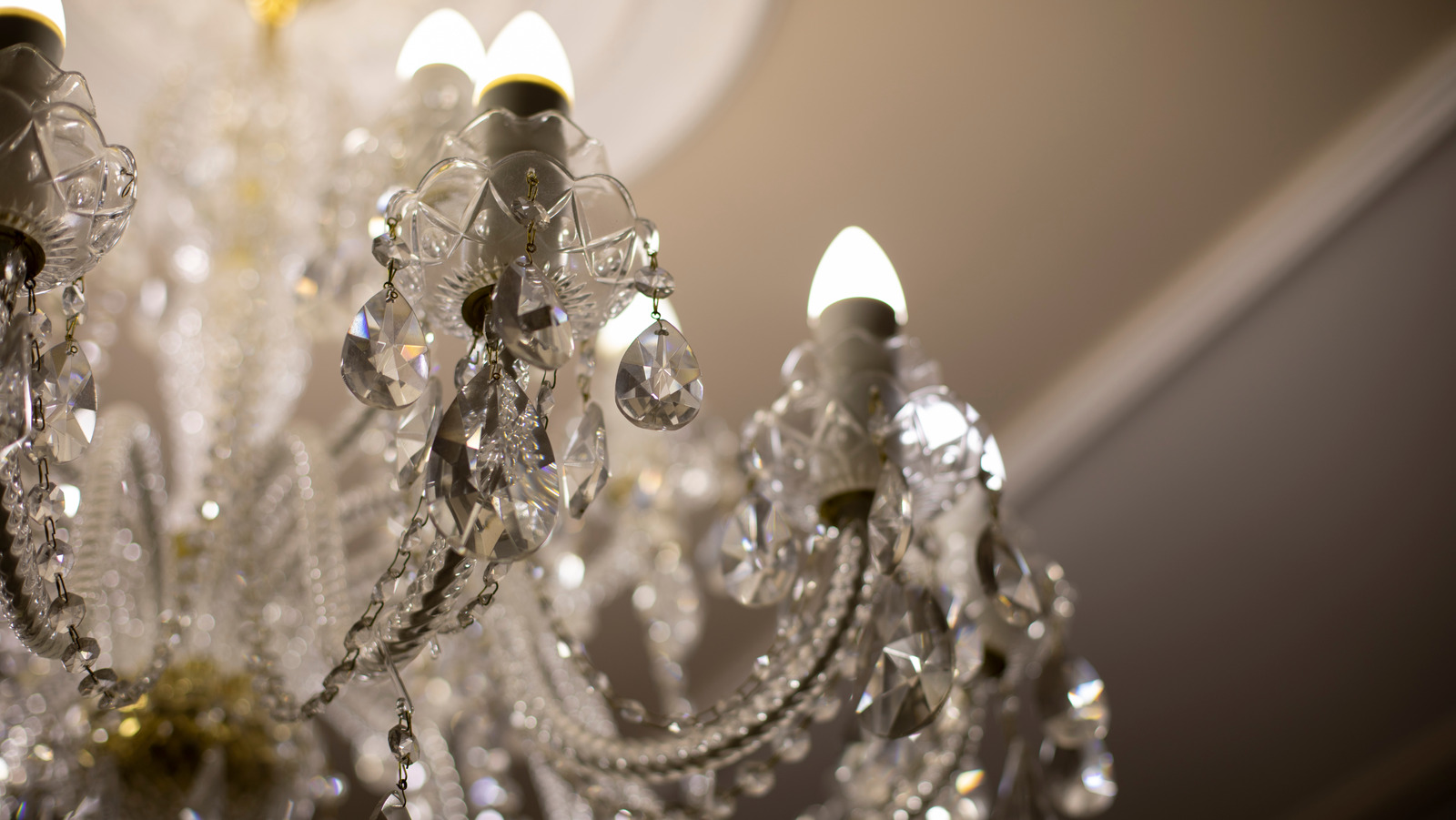




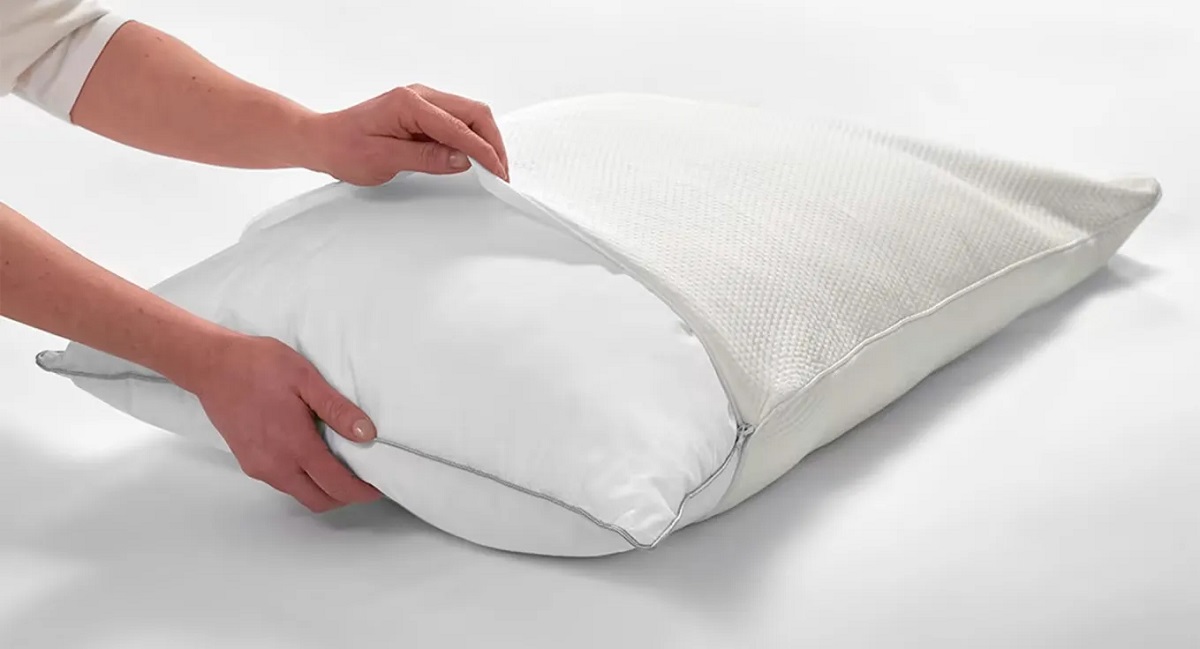
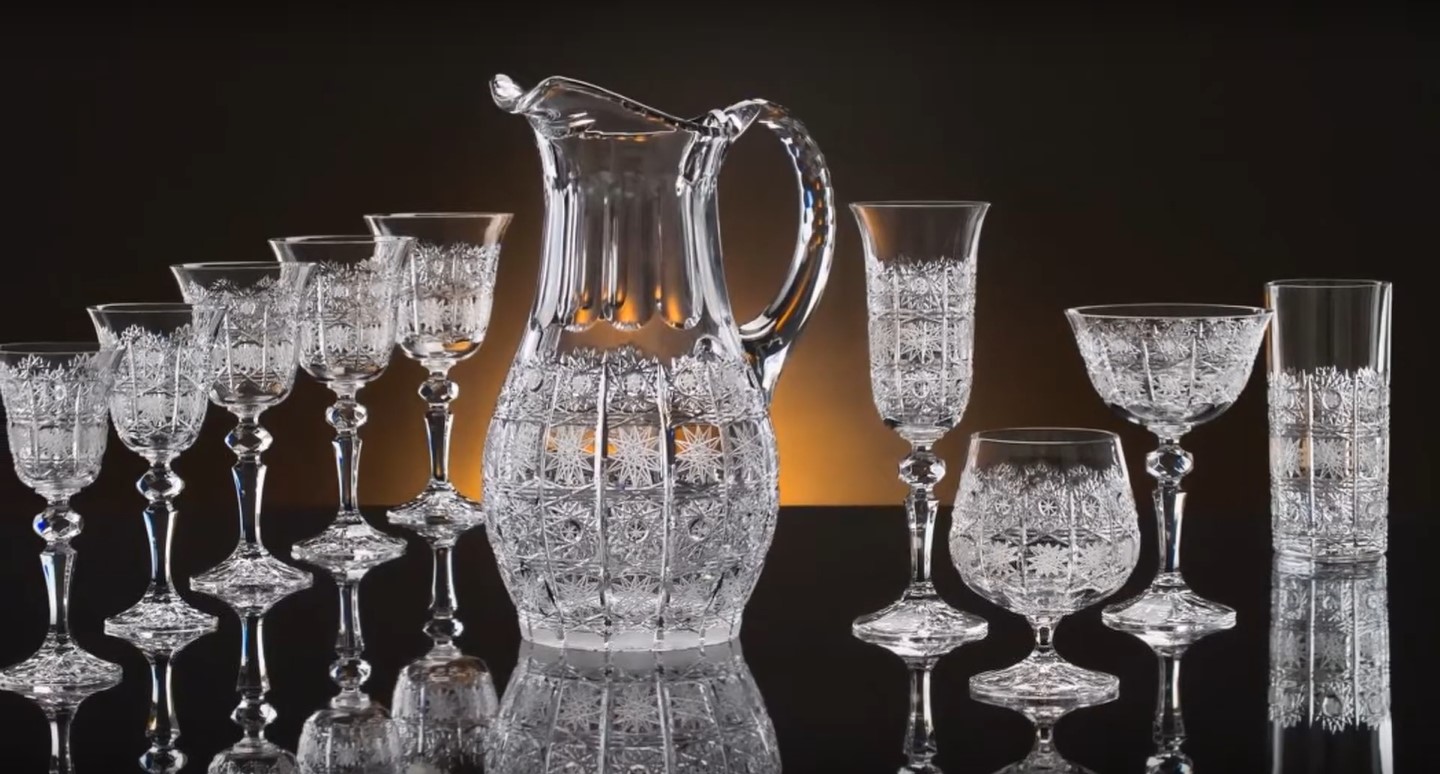
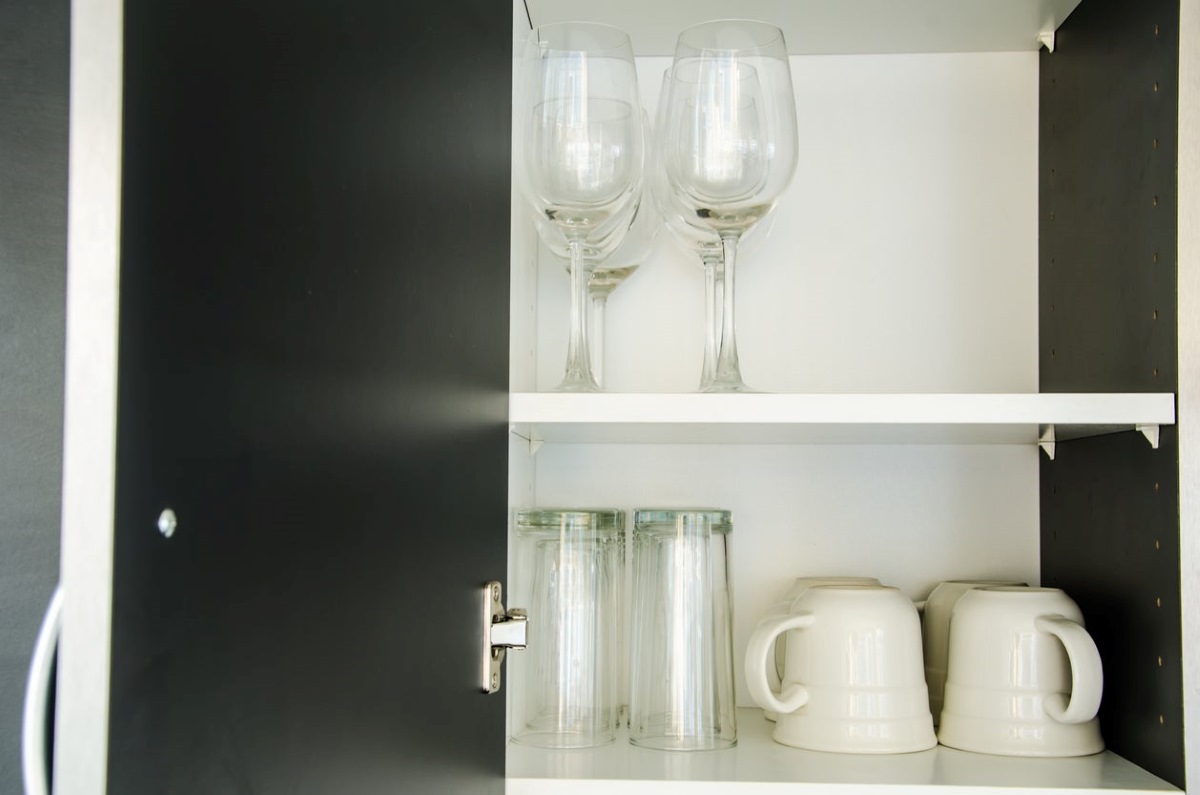

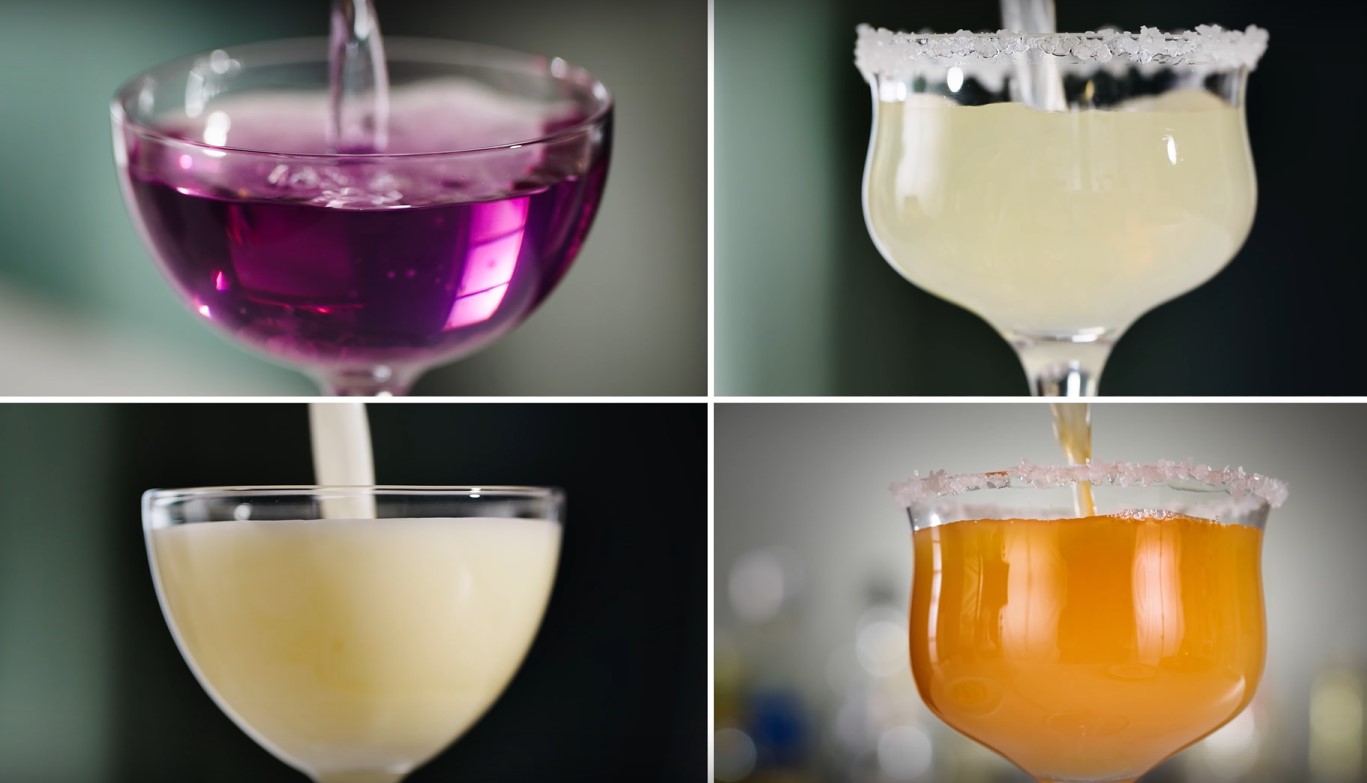

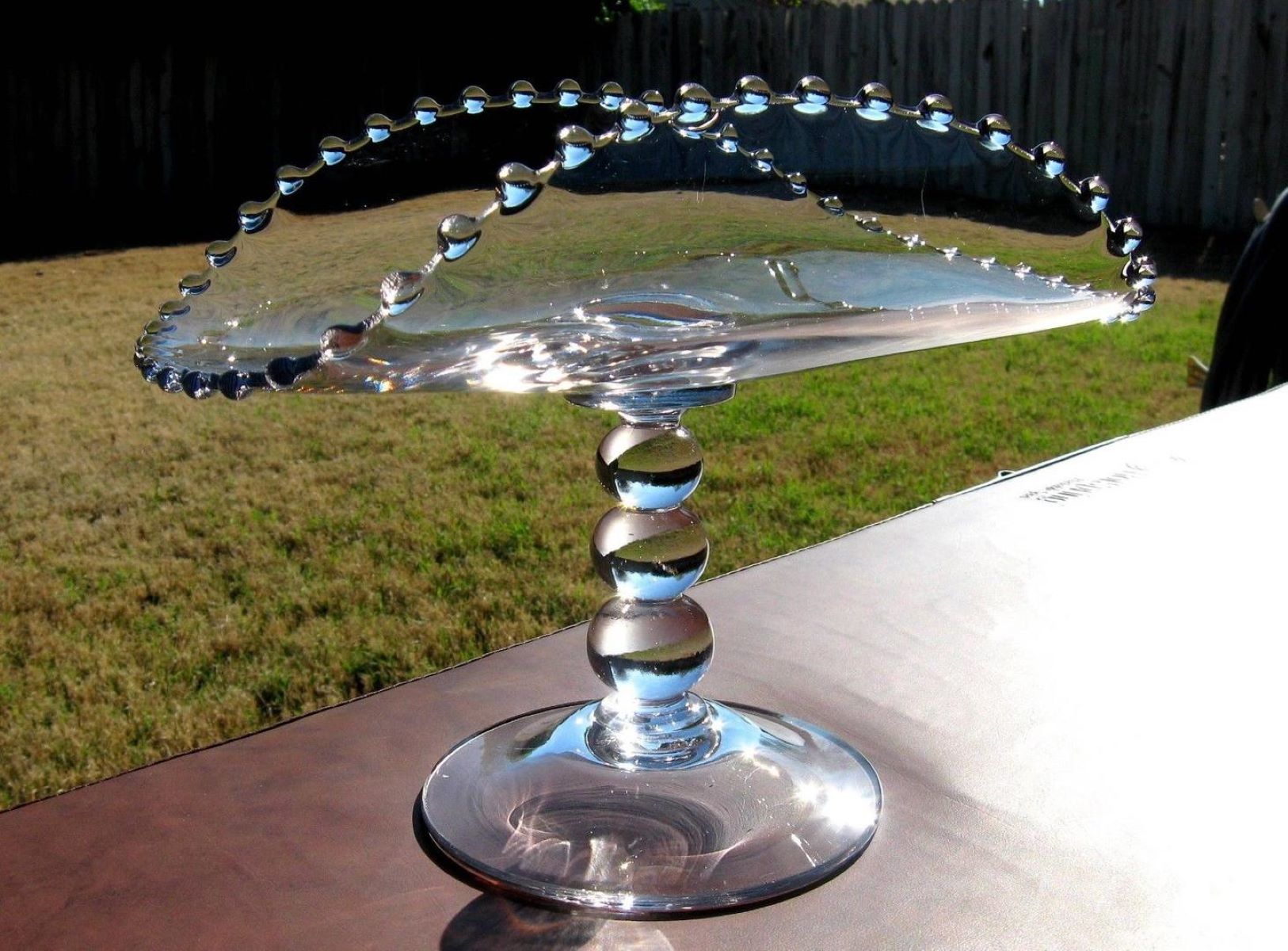

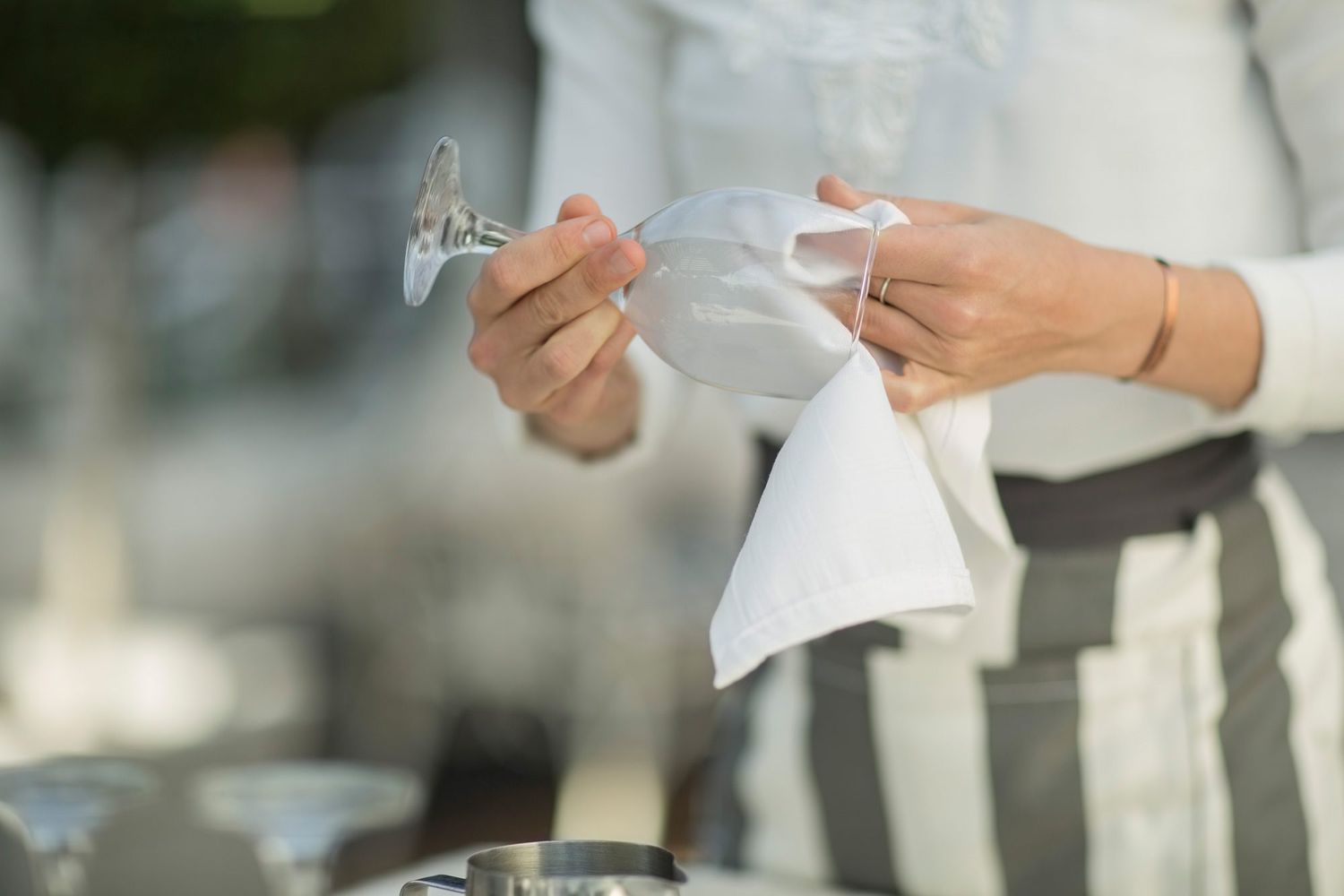

0 thoughts on “Which Glassware Is Worth Money”